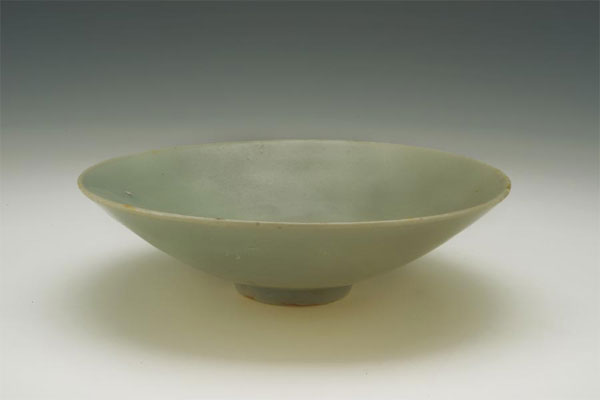Enduring voyage of recovery
Bones of livestock-sheep, geese, chickens, pigs and oxen-plant seeds and shells of sea creatures were also found. There is even a jar of salted duck eggs and some pottery that once contained liquor, prompting the archaeologists to wonder what the banquets on board were like.
"We also found some religious items," he says. "They show how people were in awe of nature when they traveled across the sea."
Human remains-bones and hair-were also found, which were proven to belong to young, fit males. Cui Yong, deputy director of the Guangdong Provincial Institute of Cultural Relics and Archaeology, discovered that they were not Chinese after analyzing their DNA.
"It shows that it might have been common practice for foreign sailors to work on Chinese ships, suggesting a sense of openness," Cui says.
"Nanhai One is a time capsule," he says. "It is a dense complex of residences. This slice of history offers an abundance of elements that vividly depict people's daily lives. Interdisciplinary research and new scientific techniques will help us make more discoveries in the future."
The next step in the research will focus on the vessel's wooden hull, which should shed light on the world's shipbuilding history. For example, Nanhai One was equipped with an elevating rudder which can be adjusted according to the depth of water. The keel was believed to be later introduced from China to Europe by Arab mariners.



 Print
Print Mail
Mail


